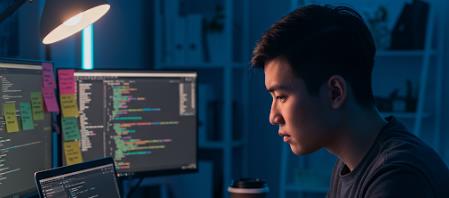With photos, perhaps you are talking about HDR (High Dynamic Range) where you combine identical photos, taken on a tripod a few seconds apart, but each taken with a different shutter speed. This is now done automatically, in a fraction of a second, with the push of a single button, in some cameras. It lets you capture pictures that are perfectly exposed in both the shadows and the highlights, even when there is extreme exposure difference. Example: a woman in a white wedding dress in direct sun standing next to a cave, with the rest of the wedding party ten feet back in the cave. With this technique they will all look perfectly exposed, even without the addition of any additional light. I suppose you might get some noise reduction as part of this averaging process, but most of the time it is used to achieve absurd dynamic exposure range. The photos often look a little strange. I don't know of any video cameras that offer this. Averaging multiple frames to reduce noise is how temporal denoisers work. These denoisers first take the adjacent frames and attempt to move and rotate them so they match, as well as can be done, the current frame. In theory, if you can match them perfectly, when you subtract them, all you are left with is the noise, and you can then delete that noise. You need both of the adjacent frames (i.e., three frames total) to do this because otherwise you don't know if the noise is in the adjacent frame or in the current frame. Play around with MDegrain2 (part of MVTools2) if you want to see how it works.There are several other of these temporal denoisers as well.

 Entrance
Entrance